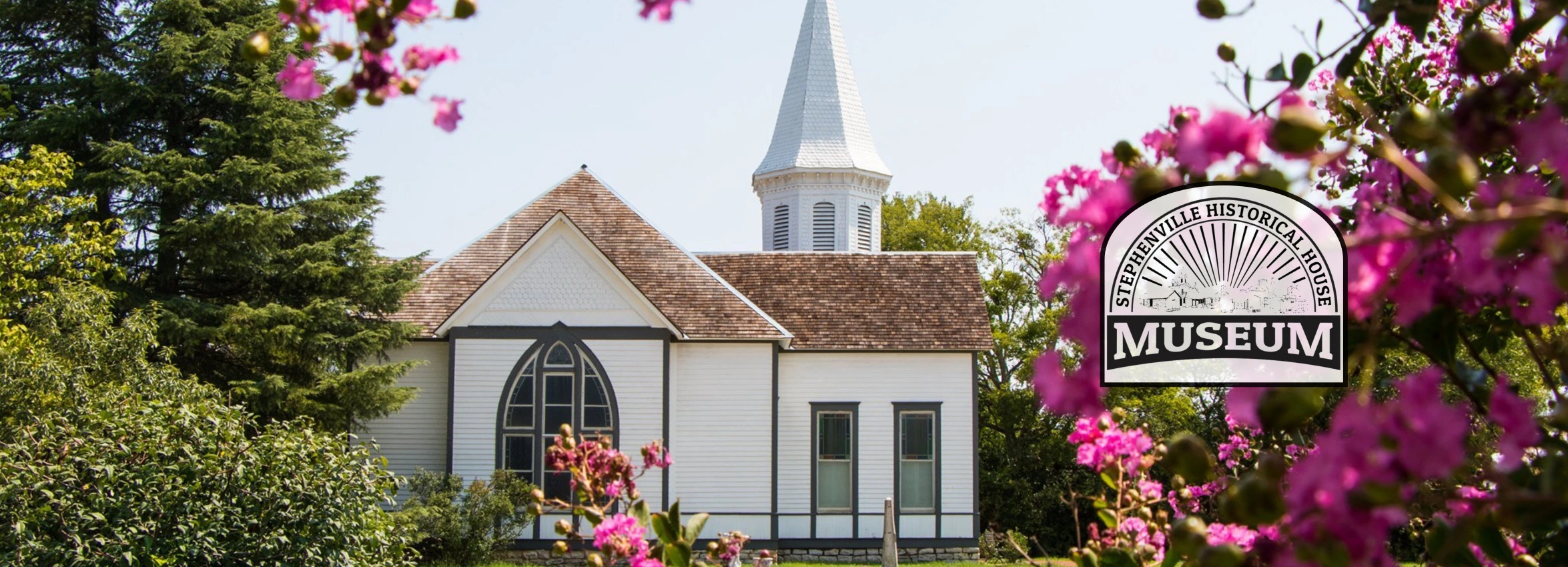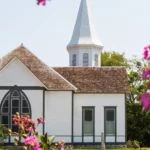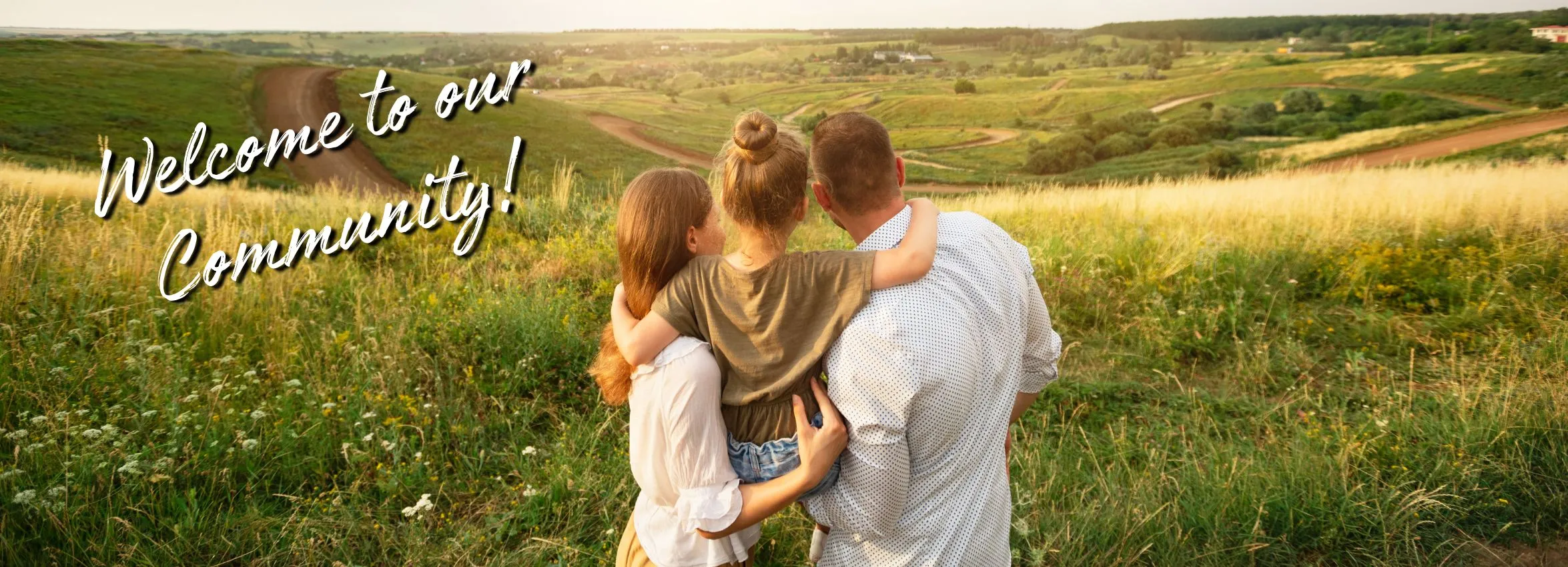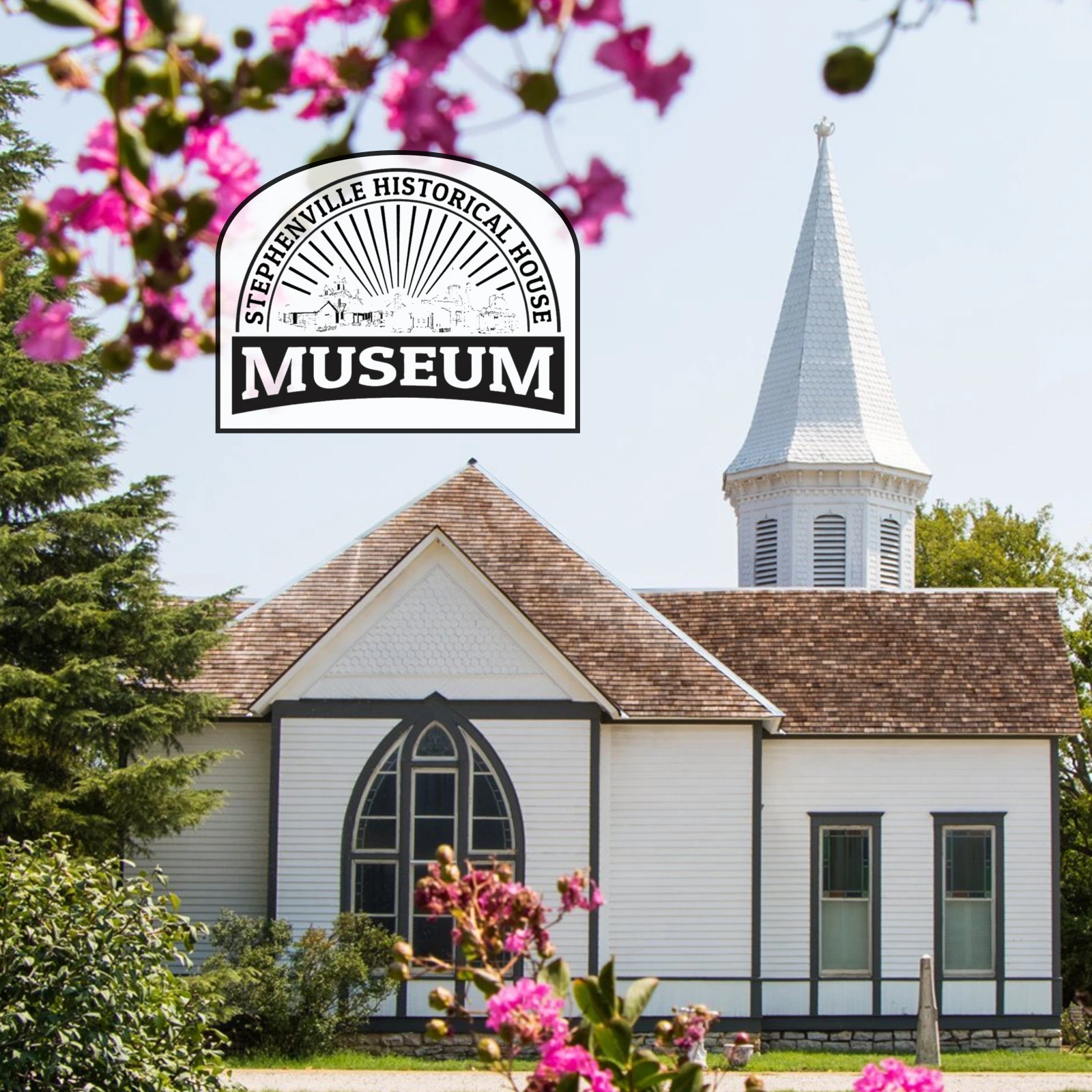A Glimpse into the Past: The History of Stephenville, Texas
Stephenville, Texas, a charming town nestled in the heart of Erath County, has a rich and storied history that dates back to its founding in the mid-19th century. Named after John M. Stephen, one of the town’s earliest settlers, Stephenville has evolved from a small frontier settlement into a vibrant community with a deep appreciation for its Texan heritage. In this historical journey, we’ll explore the fascinating history of Stephenville, from its pioneer days to the thriving town it is today.
1. Early Settlers and Founding (1850s)
Stephenville’s history begins with the arrival of early settlers in the 1850s. The town was officially founded in 1856 when John M. Stephen donated land for a town square, a gesture that laid the foundation for the town’s development. As pioneers moved to the area, Stephenville began to take shape as a trading and farming community.
2. The Chisholm Trail (1860s)
During the 1860s, Stephenville became a significant point along the historic Chisholm Trail. Cattle drives were a common sight as cowboys herded cattle northward to railheads, where they would be shipped to markets in the north. The cattle industry played a pivotal role in the town’s early growth and economic prosperity.
3. Railroad Expansion (1880s)
The arrival of the Fort Worth and Rio Grande Railway in the 1880s brought a new era of growth and connectivity to Stephenville. The railroad facilitated transportation and trade, further bolstering the town’s economy and solidifying its status as a regional hub.
4. Education and Tarleton State University (1899)
In 1899, John Tarleton Agricultural College was established in Stephenville. This institution later evolved into Tarleton State University, which continues to be a cornerstone of the community’s education and culture. The university has a strong agricultural and educational heritage, reflecting the town’s historical roots.
5. Rodeo and Cowboy Culture (20th Century)
Stephenville’s cowboy culture has remained a prominent part of its identity throughout the 20th century. The town has hosted numerous rodeo events, including the famous Cowboy Capital of the World PRCA Rodeo, which draws rodeo enthusiasts and visitors from far and wide.
6. Military Service (World War II)
During World War II, Stephenville played a significant role in supporting the war effort. A pilot training base, now known as Clark Field Regional Airport, was established in the area to train military aviators. This wartime history is commemorated with memorials at the airport.
7. Economic Diversification (Late 20th Century)
In the late 20th century, Stephenville saw economic diversification beyond agriculture and ranching. The town welcomed new industries and businesses, contributing to its continued growth and stability.
8. Community and Tradition (Present Day)
Today, Stephenville retains its strong sense of community and Texan heritage. It continues to celebrate its cowboy culture through events like the Cowboy Capital of the World PRCA Rodeo and maintains its dedication to education and local traditions.
In conclusion, the history of Stephenville, Texas, is a tapestry woven with the threads of pioneer spirit, cattle drives, education, and community resilience. From its humble beginnings as a frontier settlement to its role as a thriving town with a proud cowboy heritage, Stephenville’s history reflects the enduring spirit of Texas. As the town looks toward the future, it carries with it the lessons and legacies of its past, making Stephenville a unique and cherished part of the Lone Star State.











